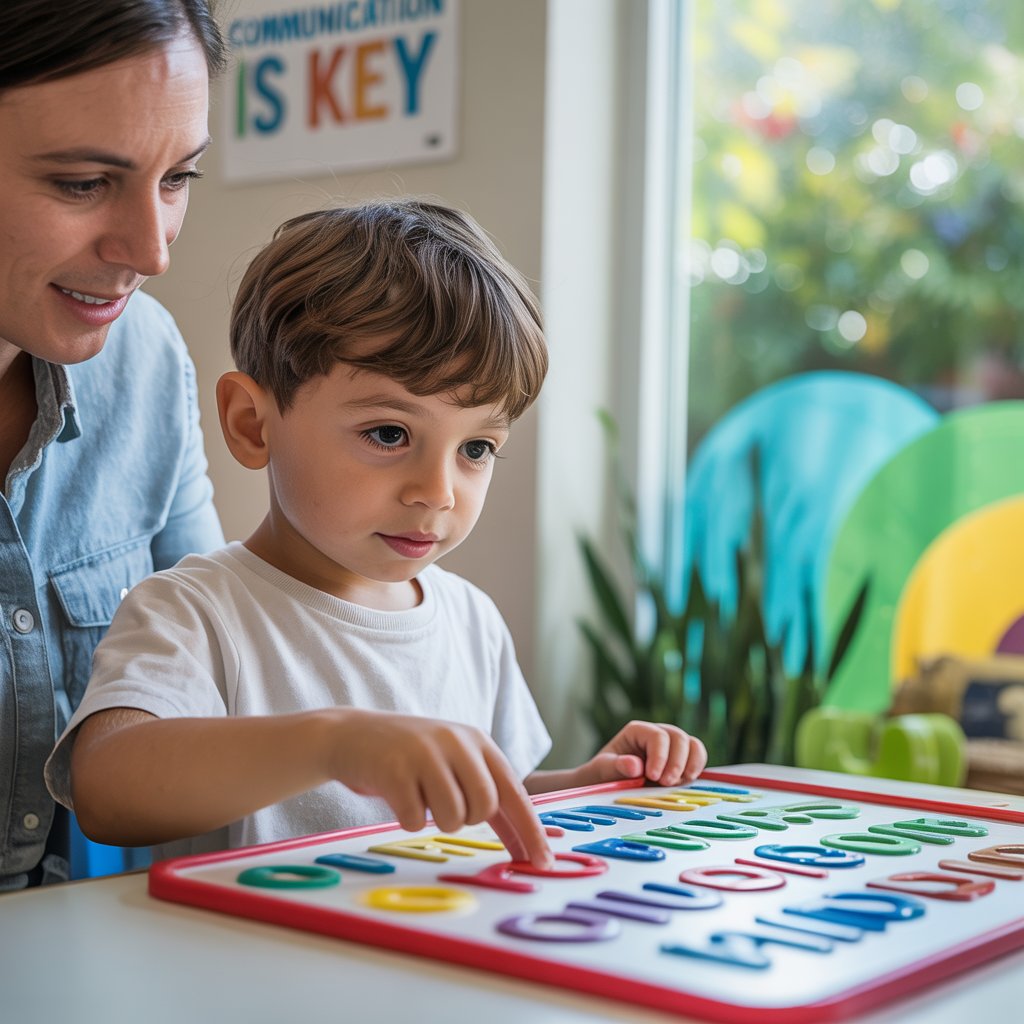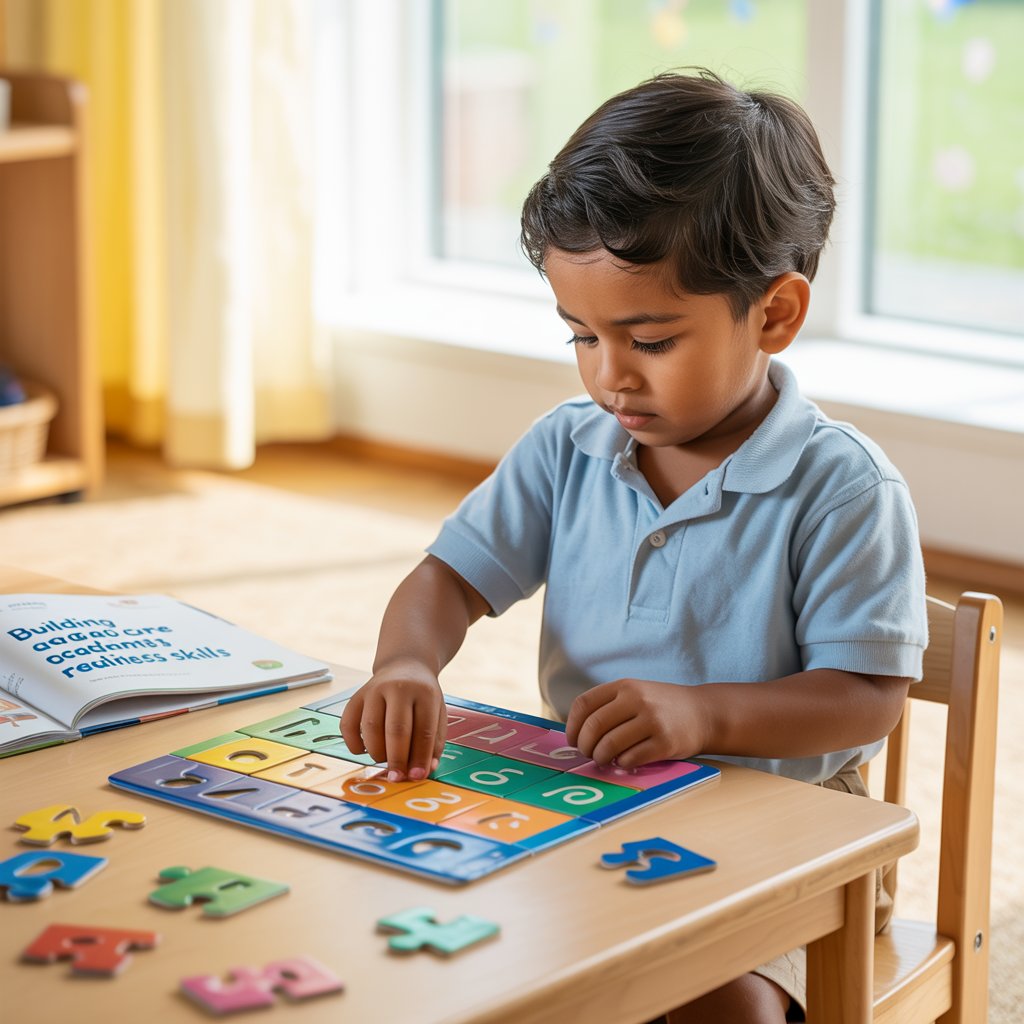Supporting Daily Life with Sensory Challenges

The world can be incredibly overwhelming for someone with sensory processing challenges. Busy malls, noisy restaurants, and crowded streets? They're basically sensory minefields.
Start with preparation - it makes all the difference. Before heading out, check if there are quieter times to visit places. Many stores now offer "sensory-friendly hours" with dimmed lights and reduced noise. Planning escape routes or quiet zones gives you breathing room when things get too much.
Noise-canceling headphones are game-changers for many autistic individuals. They don't just block noise - they provide a sense of control in chaotic environments. Sunglasses help with harsh lighting, and weighted items like vests or lap pads can provide calming pressure.
Clear communication cards are lifesavers too. Simple visual cards saying "I need a break" or "Too loud" allow non-verbal communication during overwhelming moments.
Remember that leaving isn't failing. Sometimes the best strategy is simply removing yourself from the situation before meltdown happens. This isn't avoidance - it's smart self-care.

Sensory tools and adaptive equipment
The right sensory tools can transform daily life when navigating sensory processing challenges. They're not just accessories - they're essential supports.
On-the-go sensory kits are personal toolboxes of relief. Stock them with:
- Fidget toys for tactile input
- Chewable jewelry for oral sensory needs
- Scented items (like lavender) for calming
- Noise-canceling earbuds for sudden loud environments
- Weighted lap pads that can be easily transported
At home, consider creating dedicated sensory spaces. These don't need to be elaborate - even a corner with cushions, bubble tubes, and tactile objects can provide a much-needed retreat.
Clothing adaptations matter enormously. Seamless socks, tagless shirts, and pressure garments address tactile sensitivities that many neurotypical people never even notice. Compression clothing provides deep pressure that many find regulating.
For sleep challenges, weighted blankets, white noise machines, and blackout curtains can transform bedtime from stressful to peaceful.
The best tool is the one that works for the individual. What helps one person might irritate another - there's no one-size-fits-all solution when it comes to sensory support.
Developing self-regulation strategies
Self-regulation isn't just about coping - it's about building internal resources to navigate a sensory-complex world.
Body awareness is fundamental. Teaching individuals to recognize their own escalating stress signs creates the crucial window between trigger and response. Is their breathing getting faster? Are their hands clenching? These physical signals are early warning systems.
The "sensory diet" approach creates a personalized schedule of sensory activities throughout the day. This isn't about food - it's about deliberately including activities that provide regulating input. Heavy work activities like carrying groceries, pushing a vacuum, or wall push-ups provide proprioceptive input that many find calming.
Breathing techniques sound simple but work remarkably well. The 4-7-8 method (inhale for 4, hold for 7, exhale for 8) activates the parasympathetic nervous system, essentially hitting the body's reset button during overwhelm.
Visual supports like emotion thermometers help externalize internal states. "I'm at yellow and heading toward red" is much clearer communication than "I'm starting to feel bad."
Building a personal regulation toolkit takes time. What works during mild stress might not help during intense overload, so having multiple strategies is essential.
Family-centered approaches to sensory support
Supporting someone with sensory processing challenges impacts the entire family system - and that's exactly why whole-family approaches work best.
Family education is the foundation. When everyone understands sensory processing challenges, seemingly "difficult" behaviors transform into recognizable communications. That meltdown in the grocery store? It's not defiance - it's sensory overwhelm.
Siblings need special attention. They often become incredible advocates but may also feel their needs take a backseat. Regular one-on-one time and age-appropriate explanations help them develop both compassion and healthy boundaries.
Home environment modifications benefit everyone. Lower lighting options, reduced background noise, and organized spaces create calm for the whole family. Simple changes like solid-color bedding instead of busy patterns or establishing quiet hours can make dramatic differences.
Family routines provide crucial predictability. Visual schedules posted where everyone can see them reduce anxiety about what comes next. Building sensory breaks into family activities isn't special treatment - it's accommodation that allows full participation.
The most successful families adopt a "difference not deficit" mindset. Sensory processing differences aren't problems to fix - they're neurological variations requiring understanding and support.







